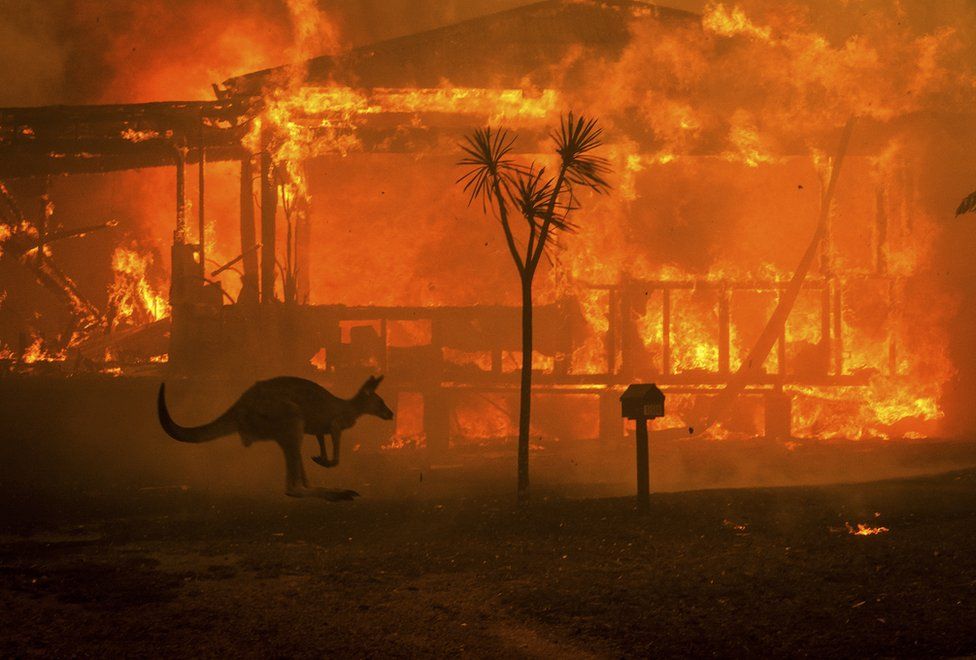The Rohingya and International Laws of Ethnic Cleansing
By Zachary Perdek
The Rohignya have been described as “the world’s most persecuted minority.” They are an ethic group of about 1.1 million who have lived in Myanmar for centuries. They speak a distinct dialect, are majority Muslim, are not considered citizens, and are not recognized as one of the 135 official ethnic groups of Myanmar. On September 11, 2017 the United Nations High Commissioner for Human Rights said that the current situation of the Rohingya in Myanmar, “seems a textbook example of ethnic cleansing,” and the actions of the Myanma government are “without regard for the basic principles of international law.” So, how did we get here, what textbook is the commissioner using, and what international laws are he referring to?
While the Rohingya have been persecuted by the Myanma for decades, the situation has greatly escalated in the past five years. In 2012 revenge attacks against Muslims in the region intensified after the rape and murder of a Buddhist woman by Rohingyas. The following year, Buddhist men coordinated attacks on Muslim villages in Rakhine state, which is the home of most of the Rohingya. The Human Rights Watch said that the violence was “a coordinated campaign to forcibly relocate or remove the state’s Muslims.” On August 25, 2017 a group called the Arakan Rohingya Salvation Army targeted an army base and some police posts, which prompted Buddhist security forces controlled by the government to crack down on the wider Rohingya population. The government’s forces are accused of rape, burning villages, and shooting civilians from helicopters. It is estimated that 400,000 Rohingya have fled the country.
Ethnic cleansing is not officially an independently recognized crime under international law, and there is no official definition. The term began to be used in the context of the 1990’s conflict in the former Yugoslavia, and is thought to be a literal translation of a Serbo-Croatian expression. A UN commission of experts defined it as “…a purposeful policy designed by one ethnic or religious group to remove by violent and terror-inspiring means the civilian population of another ethnic or religious group from certain geographic areas.” If the High Commissioner for Human Rights was using this definition, then he was right.
But without being codified, calling something textbook ethnic cleansing is purely rhetorical, or to use a common phrase is ‘all bark and no bite.’ Instead, to find a violation of international law there must be something that runs afoul of the Rome Statute of the International Criminal Court. Article 6 of the Rome Statute codifies genocide, and Article 7 codifies crimes against humanity. In this situation, solid arguments can be made that both are occurring in Myanmar.
Genocide means killing, causing serious bodily or mental harm, or deliberately inflicting conditions calculated to bring about its physical destruction to members within the group. These actions need to be done with the intent to destroy, in whole or in part, a national, ethnical, racial or religious group. Crimes against humanity constitute murder, extermination, deportation or forcible transfer or population, and rape (among other things), that are committed “as part of a widespread or systemic attack directed against any civilian population.” For the Rohingya situation, it might be easier to charge the Myanmar government with crimes against humanity violations because the crime of genocide needs intent to destroy an ethic group, where crimes against humanity violations just needs the acts to be committed as part of a systematic attack.
So the International Criminal Court (ICC) is going to start an investigation and get the ball rolling right? Well, no. Not every country is a signatory to the ICC, and you need to be a signatory in order for the court to have jurisdiction. Myanmar is not a signatory. What the international community can consider doing is applying sanctions to put pressure on the Myanma government. This is complicated too. U.S. President Barack Obama was the first president to visit the country in 2012 to support the country’s steps toward liberalization, and signaling the country’s close ties to Myanmar. Putting economic sanctions on Myanmar might drive them out of the US’s zone of influence, and into their northern Chinese neighbor’s. Right now there is not much that international institutions can do, but there is something you, the reader, can do. New York Times columnist Nick Kristof recommends on the physical aid side to donate to the International Rescue Committee, and on the advocacy side donating to Fortify Rights.
References
Bruce Einhorn, Obama Visits Myanmar, a Success Story That Has Soured, Bloomberg (Nov. 13, 2014), available at https://www.bloomberg.com/news/articles/2014-11-13/obama-visits-myanmar-a-success-story-that-has-soured (last visited Sept. 24, 2017).
Ethnic Cleansing, United Nations, available at http://www.un.org/en/genocideprevention/ethnic-cleansing.html (last visited Sept. 24, 2017).
Megan Specia, The Rohingya in Myanmar: How Years of Strife Grew Into a Crisis, The New York Times (Sept. 13, 2017), available at https://www.nytimes.com/2017/09/13/world/asia/myanmar-rohingya-muslim.html?rref=collection%2Fsectioncollection%2Fasia&action=click&contentCollection=asia®ion=stream&module=stream_unit&version=latest&contentPlacement=4&pgtype=sectionfront (last visited Sept. 24, 2017).
Myanmar: Who are the Rohingya, Aljazeera (Sept. 20, 2017), available at http://www.aljazeera.com/indepth/features/2017/08/rohingya-muslims-170831065142812.html (last visited Sept. 24, 2017).
The States Parties to the Rome Statute, International Criminal Court, available at https://asp.icc-cpi.int/en_menus/asp/states%20parties/pages/the%20states%20parties%20to%20the%20rome%20statute.aspx (last visited Sept. 24, 2017).
Tommy Vietor, Nick Kristof & Sally Smith, Crisis in Burma, Crooked Media (Sept. 20, 2017) available at https://art19.com/shows/pod-save-the-world/episodes/683f1ab0-6e28-47f3-a5d8-3cc6fb4d5516 (last visited Sept. 24, 2017).
UN General Assembly, Rome Statute of the International Criminal Court (last amended 2010), 17 July 1998, available at https://www.icc-cpi.int/nr/rdonlyres/ea9aeff7-5752-4f84-be94-0a655eb30e16/0/rome_statute_english.pdf (last visited Sept. 24, 2017).
UN Human rights chief points to ‘textbook example of ethnic cleansing’ in Myanmar, UN News Centre (Sept. 21, 2017), available at http://www.un.org/apps/news/story.asp?NewsID=57490#.Wce987KGO0k (last visited Sept. 24, 2017).
